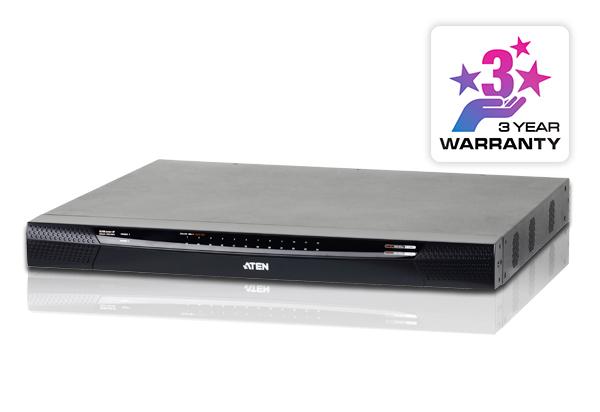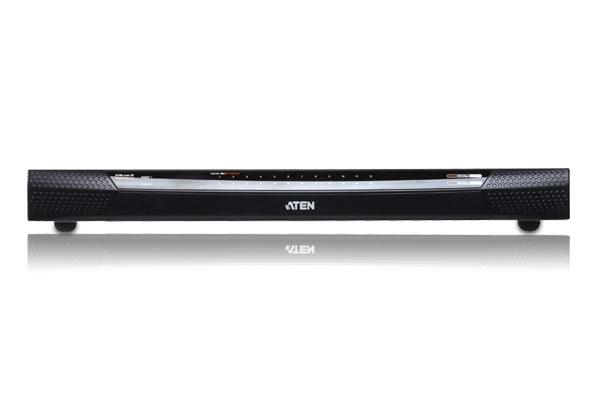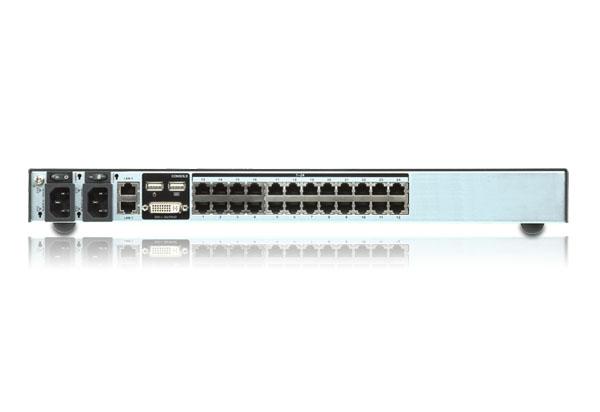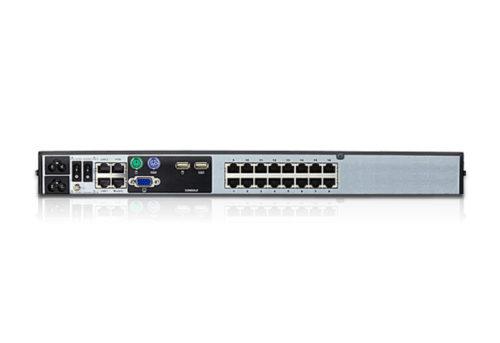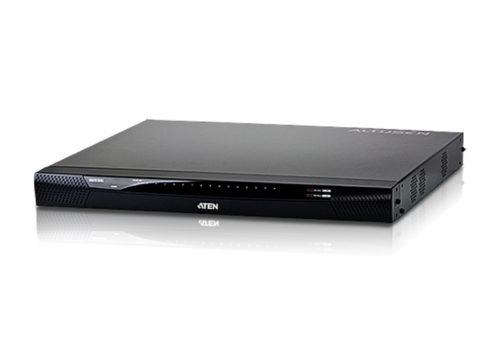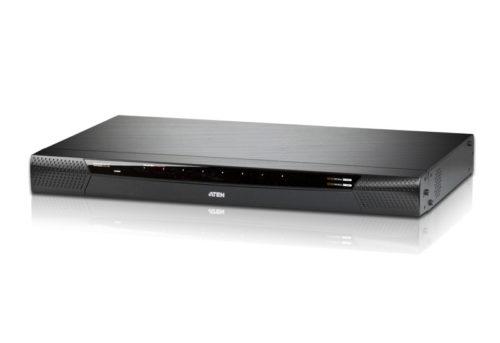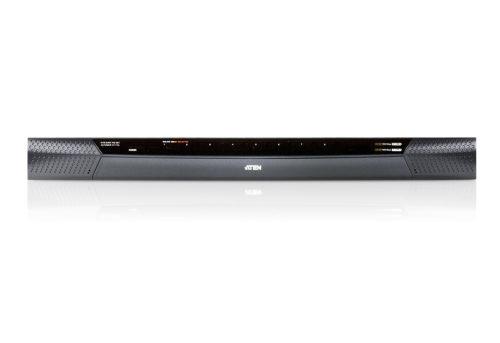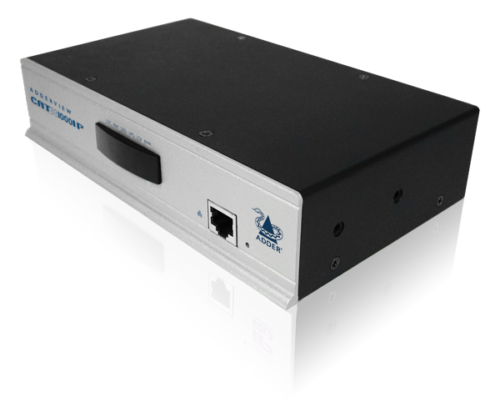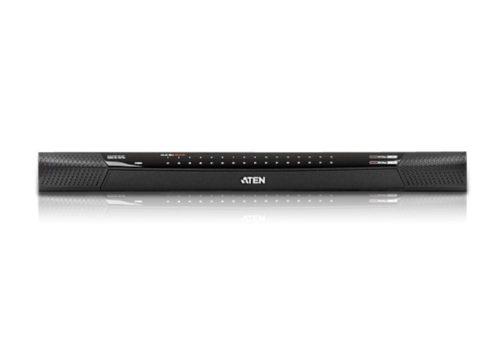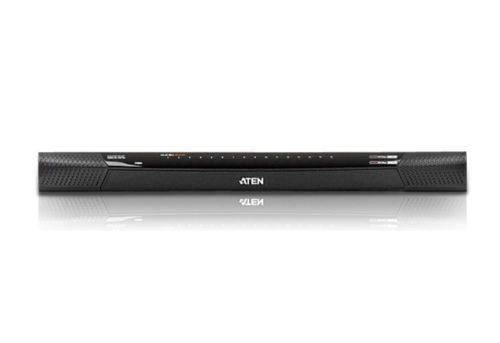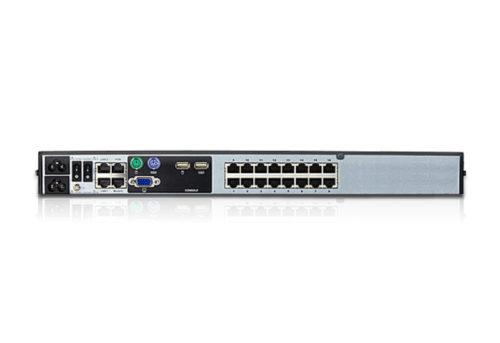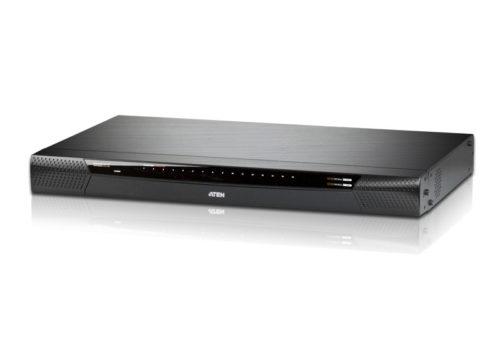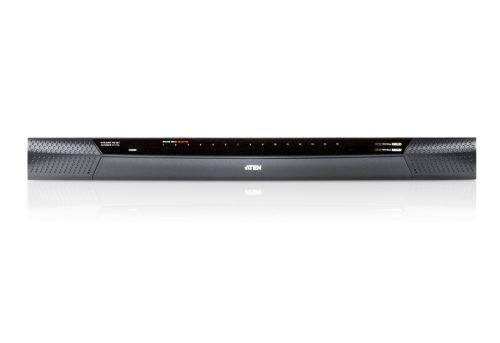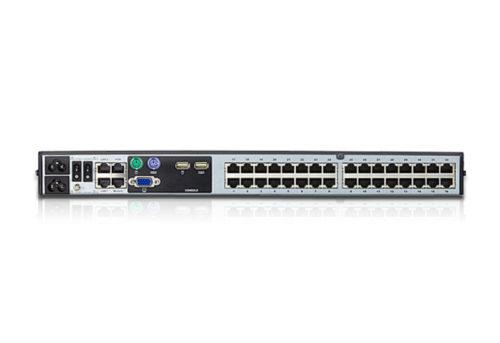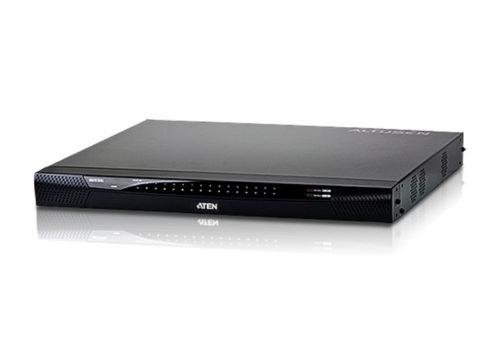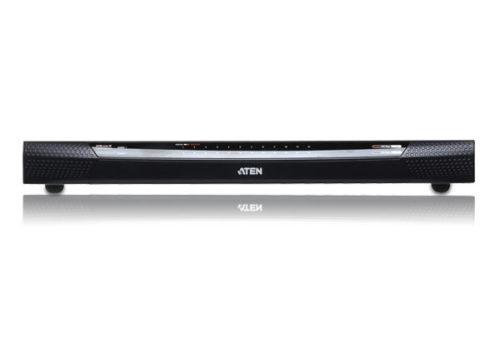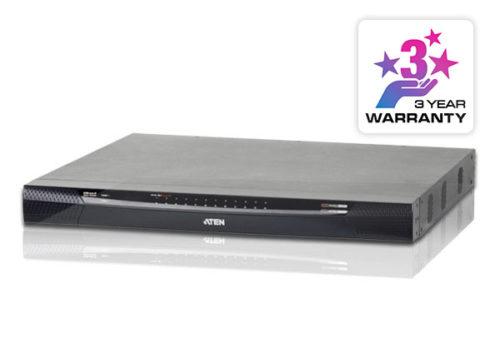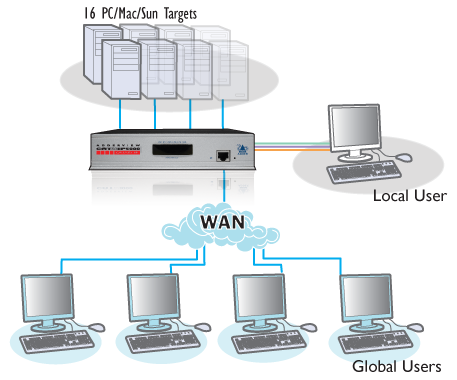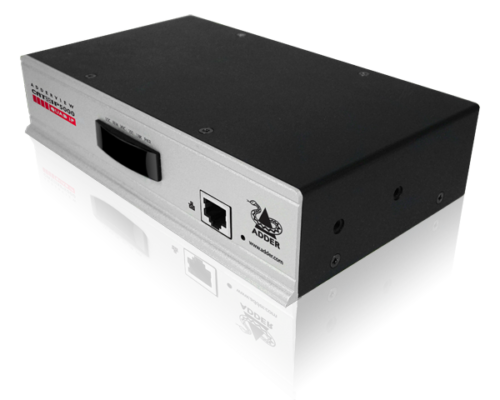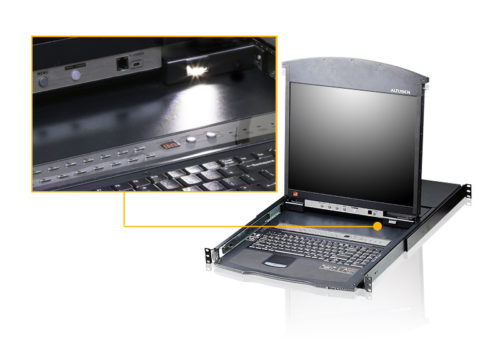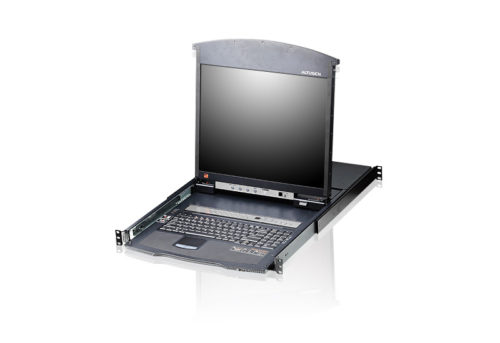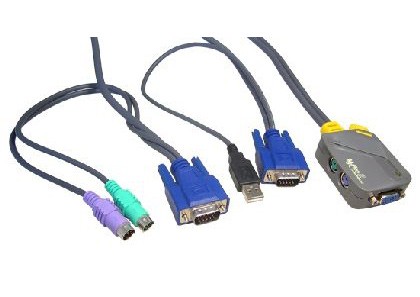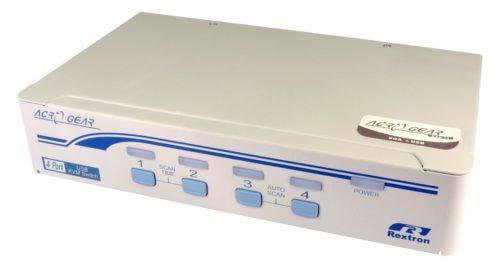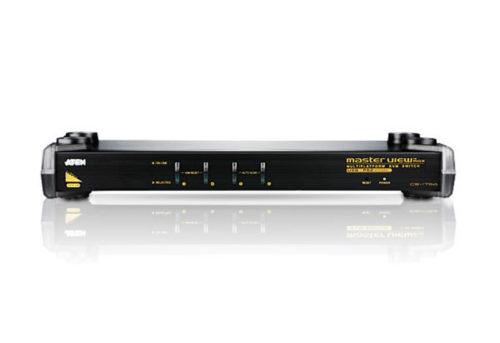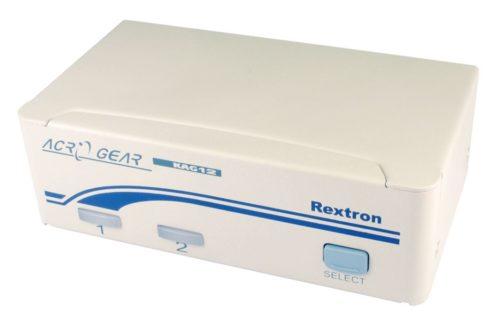The KN Series provides a local console and remote over IP access for users to monitor and access their entire data center over a network.
Exclusive KN Series Features:
‧ High-grade security – supports FIPS 140-2 level 1 security standards
‧ 2x faster virtual media transmission speeds
‧ Advanced FPGA graphics processor with Full HD resolutions up to 1920 x 1200
With dual on-board NICs and dual power supplies, the KN Series is built for reliability, to ensure 24/7 availability of remote access to all servers.
The KN series offers out-of-band (OOB) management that enables IT administrators to manage network devices (e.g. server, storage, router/switch) in server rooms via management networks that are separate from the main/production networks. So if there’s difficulty in accessing the network devices through the production network, the administrators can still access them via the KVM switch. The KVM switch offers several out-of-band access methods, such as a direct console connection from a local computer, a USB console connection from a laptop, or a dedicated management network connection via the Ethernet (LAN) port.
The KN Series can be integrated into ATEN’s CC2000 Management Software. CC2000 puts administrators in complete control of remote data centers and branch offices no matter where they are in the world – allowing them to remotely monitor and control all devices on a network, including blade server chassis, individual blades and virtual machines.
Additional exclusive features of ATEN KVM over IP switches include: a Message Board, Panel Array Mode™, Mouse DynaSync™ and the Adapter ID function.
A Windows Client and a Java Client are available for remote access. They allow IP connection and login from anywhere over the internet. In addition, ATEN also provides an iOS APP – PadClient, whose intuitive interface makes it easy to connect to the KVM over IP switch and control computers direct from your iPad. Please visit the PadClient webpage for more information.
ATEN KVM over IP switches save you time and money by allowing administrators to manage their data centers from practically anywhere – minimizing travel and Mean Time To Repair (MTTR) costs and ensuring the highest availability for data center services.

